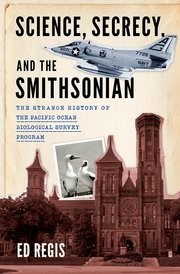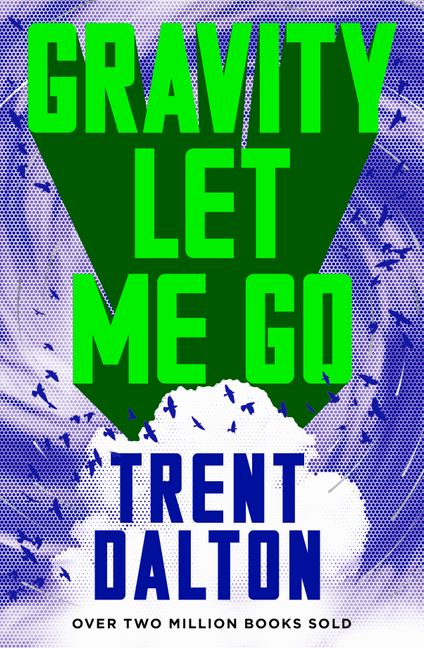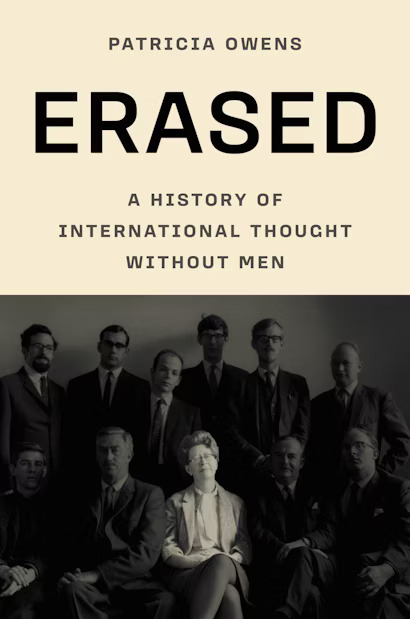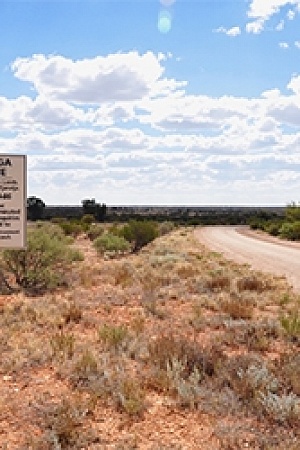Science, Secrecy and the Smithsonian: The strange history of the Pacific Ocean biological survey
Oxford University Press, £22.99 pb, 187 pp
Birds as bioweapons

In 1962, a small group of scientists from the Smithsonian Institution in Washington, DC embarked on what would become the most ambitious biological survey of the Pacific oceans. Across seven years they travelled to more than 200 islands over an area almost the size of the continental United States. They banded 1.8 million birds, captured hundreds of live and skinned specimens, and collected ‘countless’ blood samples, spleens, livers, stomach contents. What became of most these biological samples has never been disclosed. The Smithsonian’s Pacific Project was, and remains, shrouded in secrecy. The scientists involved were left to guess at the aims of their research. They were mere subcontractors, following the directives of their funding agency: the biological warfare division of the US Army Chemical Corps. ‘To me, as a bird man, it was a wonderful breakthrough because it was a source of funds,’ said S. Dillon Ripley, the Smithsonian’s secretary during the project. ‘That’s all I know about it.’
In Science, Secrecy and the Smithsonian: The strange history of the Pacific Ocean biological survey, American science journalist Ed Regis seeks to understand the Smithsonian’s Pacific Project in its broader military context. He explores the details of the scientific arrangement, the activities of the Smithsonian crew, and the parallel story of Project SHAD (Shipboard Hazard and Defense), which oversaw three biological weapons tests in the years the survey was active: the Shady Grove, Magic Sword, and Speckled Start trials.
The pace of the book is brisk and Regis achieves a lot in its 200 pages. But he is no stylist, and the story often unfolds in choppy, repetitive prose. We are told, for example, that ‘the establishing event in the narrative arc of James Smithson’s life occurred in 1764’, when he was conceived. At other times it seems that Regis is searching too desperately for details to enliven his text, as if the core narrative were not peculiar enough. (Genoa, we are reminded, was not only where Smithson died but also the birthplace of Columbus.)
Continue reading for only $10 per month. Subscribe and gain full access to Australian Book Review. Already a subscriber? Sign in. If you need assistance, feel free to contact us.












Leave a comment
If you are an ABR subscriber, you will need to sign in to post a comment.
If you have forgotten your sign in details, or if you receive an error message when trying to submit your comment, please email your comment (and the name of the article to which it relates) to ABR Comments. We will review your comment and, subject to approval, we will post it under your name.
Please note that all comments must be approved by ABR and comply with our Terms & Conditions.